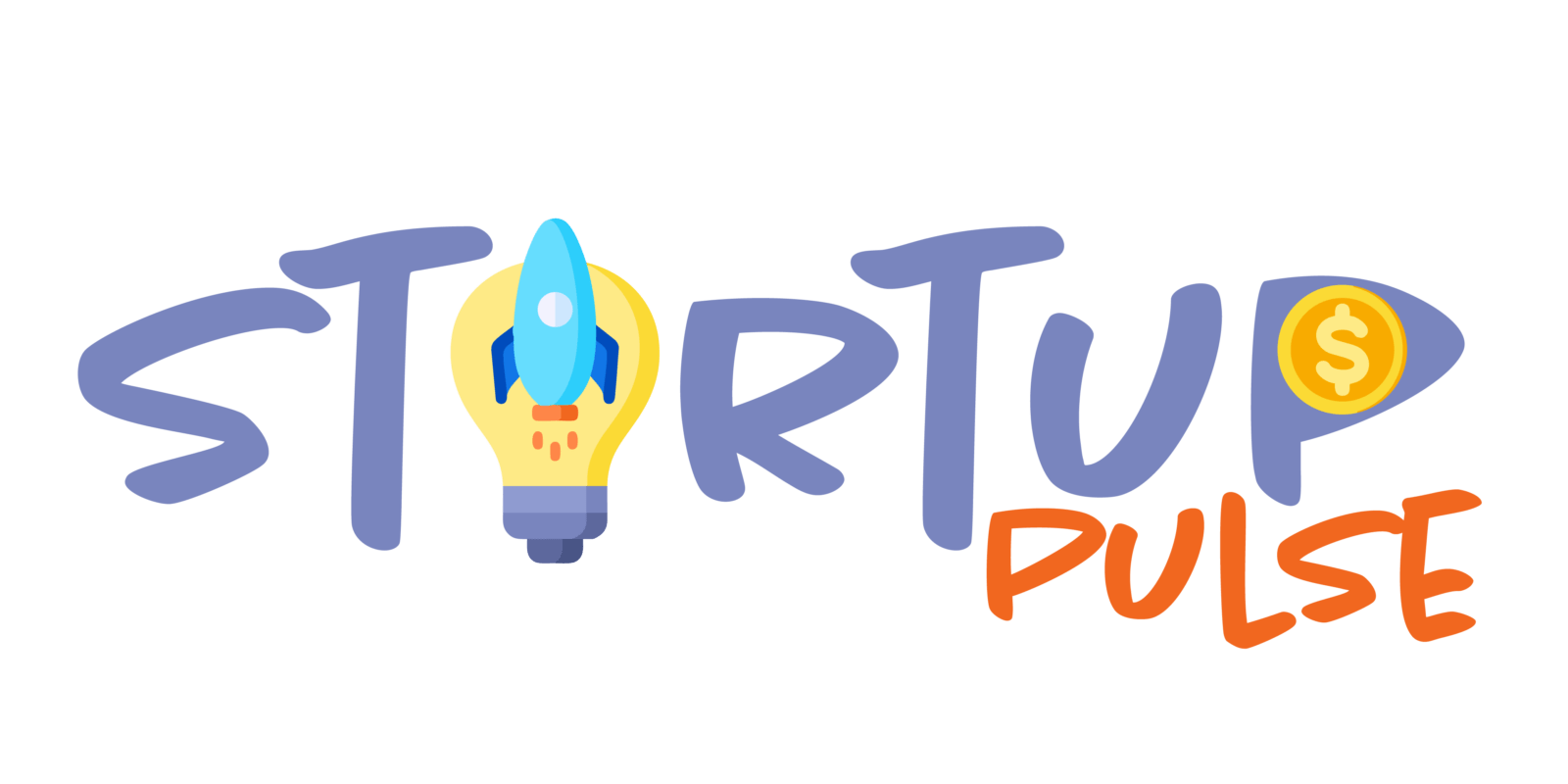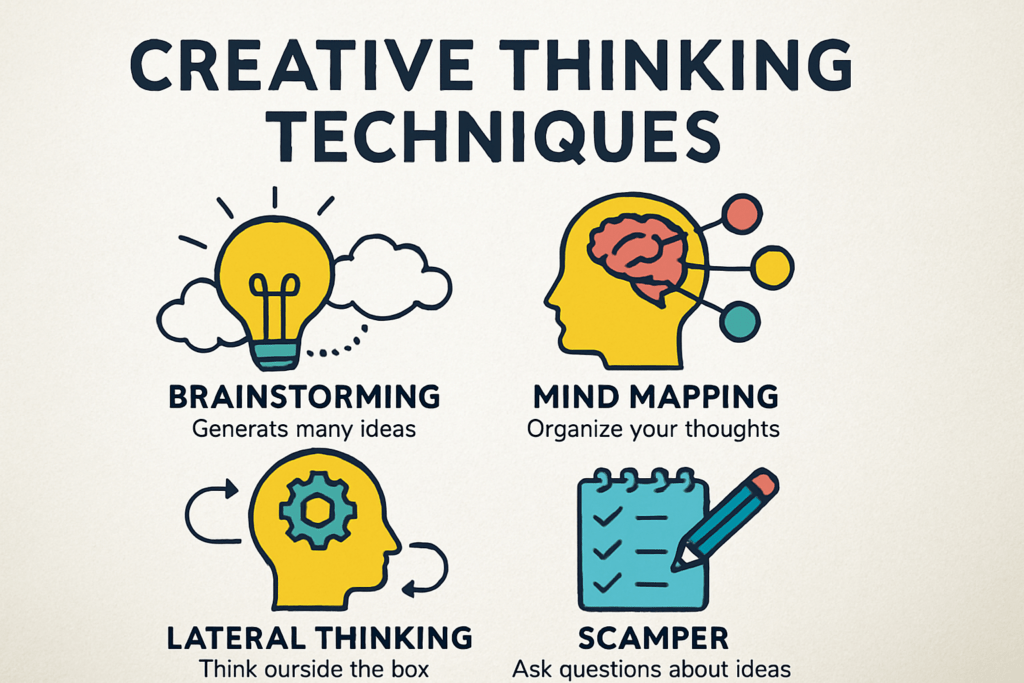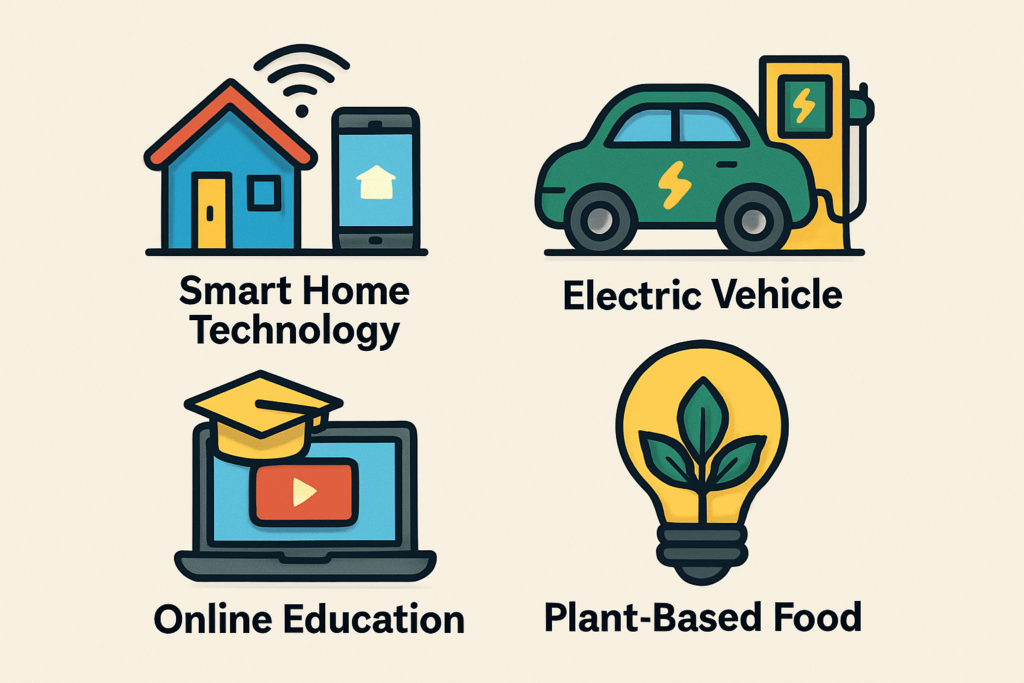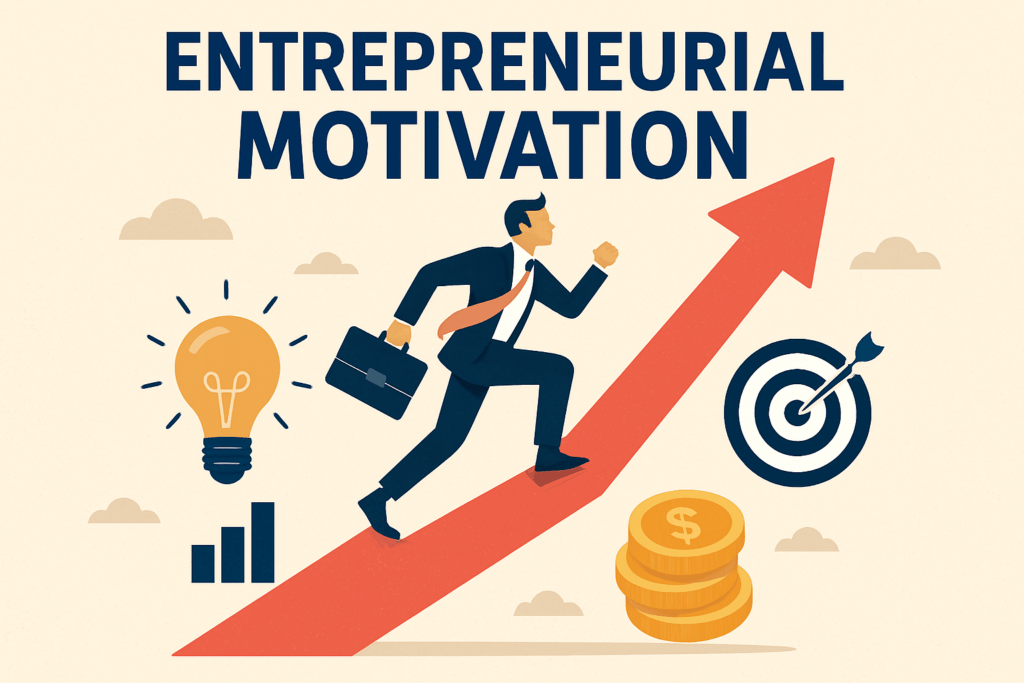Creative Thinking Techniques: Your Launchpad for New Ideas
- Start with why sparking creativity matters—in business, life, and personal growth.
- Briefly note that anyone can learn creative thinking techniques, not just “creative people.”
- Introduce the main keyword: creative thinking techniques.
Creative Thinking Techniques: Your Launchpad for New Ideas
Let’s cut to the chase: creative thinking isn’t just a “nice-to-have”—it’s the engine behind every breakthrough, big or small. Whether you’re building a business, hacking your daily routine, or figuring out how to make your mark, sparking new ideas is what keeps things moving forward. The kicker? Creative thinking isn’t magic or some trait you’re born with. It’s a set of skills, open to anyone willing to try.
Most people assume only “creatives”—designers, writers, artists—get to play in this sandbox. Bad news for that myth: every problem-solver in every field, from accountants to zookeepers, can learn creative thinking techniques and put them to work. The methods aren’t mysterious or complicated. They’re proven tools and prompts, designed to flip your usual perspective on its head and help you tackle problems in unexpected ways.
In this playbook, we’ll explore some of the best creative thinking techniques around—straightforward strategies for sparking ideas on demand and building a pipeline of fresh solutions. Ready to see what you’re capable of? Let’s break open the toolbox.
What Is Creative Thinking, Really?
Let’s ditch the jargon. Creative thinking simply means solving problems in ways you haven’t tried before. It’s the choice to set aside familiar routines and look for new angles when you’re faced with a challenge—whether that’s figuring out how to fix a leaky faucet with what’s in your kitchen drawer, or dreaming up a fresh business idea.
Here’s the catch: creative thinking is not about wild guessing or being the next Picasso. It’s different from traditional problem-solving, which usually leans hard on proven formulas and “the way things have always been done.” Creative thinking breaks the pattern and asks, “Okay, what else haven’t we tried?”
This is a skill. Like learning to ride a bike, you get better with practice. Anyone can build creative thinking muscles, no matter their job or background. All it takes is the willingness to look sideways at a problem—and sometimes, to see solutions hiding where nobody else is looking.
Quick-Start: Proven Ideation Techniques
Let’s skip the fluff: when you need new ideas, these are the tools that work. Mind mapping is a classic—grab a pen or an app, start with a main idea, and branch off with everything that hits you, no matter how off-the-wall. The point? No self-censoring.
Enter SCAMPER—an old-school but reliable technique for tweaking what already exists. Apply its prompts (Substitute, Combine, Adapt, Modify, Put to another use, Eliminate, Reverse) to your challenge and watch as the options multiply.
Don’t underestimate the power of a good “What if?” question. Push the boundaries: What if budget wasn’t a limit? What if you did the opposite of your first instinct? Suddenly, walls drop and possibilities show up for both solo sessions and group bursts.
These ideation techniques aren’t one-size-fits-all, but they do fit most situations. Working solo? They help you dodge brain ruts. In a team? They get everyone talking, no matter how different their styles. So next brainstorm, don’t wing it—pick a method and fire up your next creative breakthrough.
What Happens After Winning Millions?
Winning a life-changing lottery jackpot is every player’s dream, but few are prepared for what comes next. The sudden influx of wealth can bring excitement, but also a wave of challenges. Many winners find themselves overwhelmed by financial decisions, from managing taxes to making smart investments. Some handle it well, while others struggle with reckless spending that drains their fortune faster than expected.
The Financial Reality of Winning
Winners are pulled into a whirlwind of financial decisions almost immediately:
- Taxes and Legal Issues
- A significant portion of the winnings is often claimed by taxes.
- Poor planning can lead to unforeseen legal troubles.
- Investing vs. Spending
- Some winners hire financial advisors to ensure long-term security.
- Others spend impulsively without a strategic plan.
- Budgeting for the Future
- Without proper money management, even the most substantial jackpots can disappear.
A Lifestyle Overhaul
Sudden wealth leads to instant lifestyle changes, bringing both pleasure and challenges:
- Luxury Acquisitions
- Mansions, sports cars, and extravagant vacations become instantly viable.
- Such purchases come with high maintenance costs.
- Social Dynamics
- Long-lost friends and distant relatives often reemerge, expecting a share.
- The pressure to share or assist can affect relationships.
- Privacy Challenges
- Winners often deal with unwanted media attention.
- Maintaining anonymity becomes increasingly difficult.
While some winners embrace the spotlight, others opt for a more discreet lifestyle to avoid additional pressures.
Giving Back and Creating a Legacy
For some, newfound wealth offers a chance to effect change and create a legacy:
- Charitable Contributions
- Donations to charities can make a significant impact.
- Winners often fund community projects.
- Educational Support
- Many fund scholarships or support educational initiatives.
- This can create lasting opportunities for future generations.
- Business Investments
- Investing in businesses can stimulate local economies.
- It creates jobs and opportunities for others.
Some lottery winners transition from being players to philanthropists, using their wealth to make a lasting impact. However, not all stories end positively; many who mismanage their winnings face financial downfall within a few years.
Real-World Inspiration: How Innovators Do It
When you look at today’s top builders—startup founders, inventors, mad scientists in lab coats—they don’t just wait for “a-ha” moments to strike. Instead, they set up repeatable systems to pump out ideas, knowing most will flop and a few might shine. Take Google: they’ve institutionalized the infamous “20% time,” which simply gives folks permission to chase strange ideas one day a week. It’s not about guaranteed hits; it’s about letting experiments bubble up and collide in unexpected ways.
Same goes for the “fail fast” mindset you hear about in lean startups. By lowering the cost (and sting) of failure, people are freer to pitch wild solutions, test them quick, and share learnings openly. Companies like IDEO and Spotify carve out brainstorm hours—with explicit “no dumb ideas” rules—and pepper sessions with outside prompts to keep creative brainstorming sharp.
Want a dose of what’s working in the trenches? Check out finding inspiration from successful startup founders. Their stories don’t revolve around lone geniuses, but about daily habits, fearless trial-and-error, and ruthless curiosity. Turns out, putting structure behind creativity isn’t the opposite of innovation—it’s how pros do it.
From Ideas to Action: Sharpening Your Innovation Process
Coming up with new ideas is just step one. The hard part? Making them real. That’s where innovation processes step in—they’re the difference between an overflowing ideas folder and an actual project launch.
Here’s the blueprint: First, ruthlessly sort your ideas. Don’t get precious—use simple tests like, “Does this solve a real problem?” or “Can I act on this with what I have?” Next, pick the strongest concepts and turn them into something tangible. Build a quick prototype or a stripped-down version—something you can see, touch, or show.
Testing isn’t about perfection. It’s about quick, cheap experiments. Ask for feedback, even if it stings. Tweak, test again, repeat. Innovation processes aren’t mysterious; they’re simple routines that move you from creative brainstorming straight into action. The goal isn’t just to have ideas—it’s to keep them alive long enough to matter. Keep it lean, keep it moving, and watch your best ideas cross the finish line.
Bonus Resources: Where to Deepen Your Skills
If you want to keep your creative thinking on a steady upward curve, don’t stop here. The internet is stacked with gold mines for leveling up your creative game. A great starting point? Dive into the creative thinking techniques resources list. You’ll get step-by-step guides, deep dives, and real exercises to test out right away.
Podcasts and YouTube channels—like Creative Confidence, The Futur, or TED’s playlist on creativity—deliver straight talk from people who live and breathe innovation. For hands-on learning, check out free MOOCs on platforms like Coursera or edX. “Unlocking Your Creative Identity” and “Creative Problem Solving” are solid primers.
Want in on the conversation? Join communities like r/creativity on Reddit or jump into virtual workshops on CreativeMornings. Surround yourself with sparks, and you’ll notice your own ideas coming easier.
Keep hitting refresh with these resources, and you’ll see your creative muscles bulk up over time—no endless scrolling required.
Conclusion
Creativity isn’t magic. It’s more like a muscle—one you build with basic tools and regular flexing. Try a few techniques, have a laugh when things get weird, and keep moving. The best ideas show up while you’re in motion, not waiting for some perfect moment or sudden lightning bolt. Add a dash of creative thinking to your daily routines. Break the autopilot. Doodle, question, remix, get curious. Those sparks? They add up. Over time, you’ll find it gets easier (and a lot more fun) to think differently—and to turn wild ideas into real moves.




